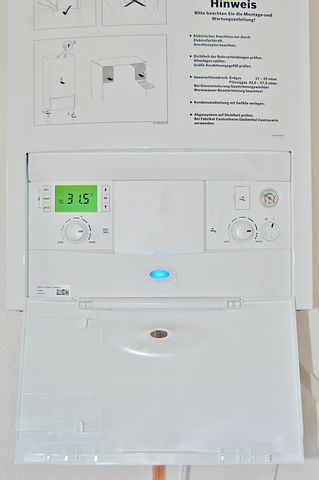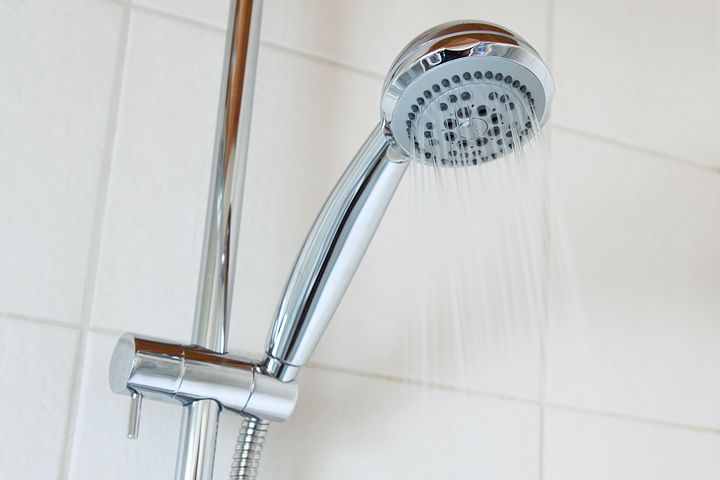There is no uniform choice when it comes to selecting and installing hot water cylinders for a domestic property.
From the gas and electric designs to the heat pump alternatives and solar panel solutions, what works for one community won’t necessarily apply to another.
Depending on budgets, hot water demand and infrastructure, there has to be some diligence and analysis at play.
To cut across the conjecture, we will devise a priority list for residents who want to be able to settle on a product on merit.
Priority 1: Cost Efficient Product
For a majority of households across the country, installing hot water cylinders will be purchased with cost front of mind. This will be a two-fold agenda, starting with the acquisition of the cylinder itself as well as the running costs that are packaged into the service. A balance will have to be struck by constituents in this case, taking account of the energy efficiency rating that will be a good guide for ongoing payments while understanding the purchase of the product and installation fees included. Heat pump designs are considered the most cost efficient in this space, although they can struggle to meet excess demands depending on the size of the household.
Priority 2: Meeting Capacity Needs
Homeowners have to take into account the capacity size that is on show with the available hot water cylinders. Too big and the residents are paying for extra room and storage that will go to waste. Too small and there will have to be cutbacks and sacrifices for hot water usage. In this environment, specialists will commonly advise for a cylinder that can handle 50L of heated water per person, per day. There can be some extra space reserved as a contingency, but this is a good rule to adhere to when identifying which outlet will service the daily demands without falling short or costing too much to run.
Priority 3: Long Lifespan

Durability of hot water cylinders is a subject matter that is commonly put to one side in the hope that it won’t experience any major issues. Yet those residents who settle for a below par model find that a range of repairs are required until it has to be thrown out and replaced by a new item. This is where energy efficient brands have an edge over their competitors, offering infrastructure that utilises less energy, requiring less output and maintaining a high level of service for longer periods. Solar energy and heat pump designs are considered the best designs on this front, but there are gas and electric outlets that can outperform their peers in some cases.
Priority 4: Quality Installation & Maintenance Service
Customer service expertise is a valuable asset to have when sourcing and using hot water cylinders. Being able to contact a reliable operator to address enquiries, engage in repairs and offer alternative solutions will set a business apart from the competition. Should a brand bring these services to the table without having to pay extensively for the privilege, then many of the other obstacles can be resolved in good time.
Priority 5: Ability to Upgrade
Residents who decide which brand of hot water cylinders is right for them might have to make a short-term compromise. Whether it is due to the cost of the item or the current infrastructure that is in place, there can be a requirement to find a solution for the here and now. The good news is that these providers are able to take steps today to offer future-proofing opportunities, creating pathways and gearing the cylinder for an upgrade in the coming years. Once this moment arrives, it will be easier to make that transition from a traditional electric, gas or heat pump model to a thriving solar design for the premises.
Having taken stock of the key priority list that is in play with hot water cylinders, it is clear that there should be no agenda brought to the table in terms of the profile of the item. From the deluxe solar designs to the electric models, the gas designs and the intricate heat pump brands, each one of these goods should be assessed in conjunction with this key criteria.
